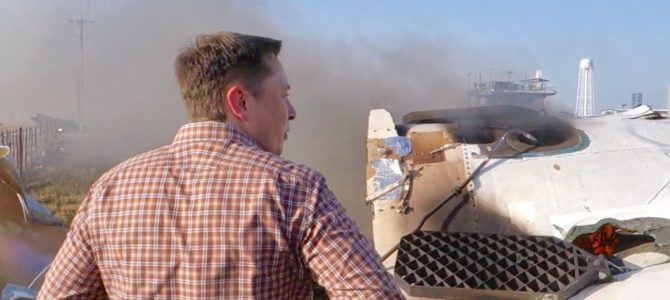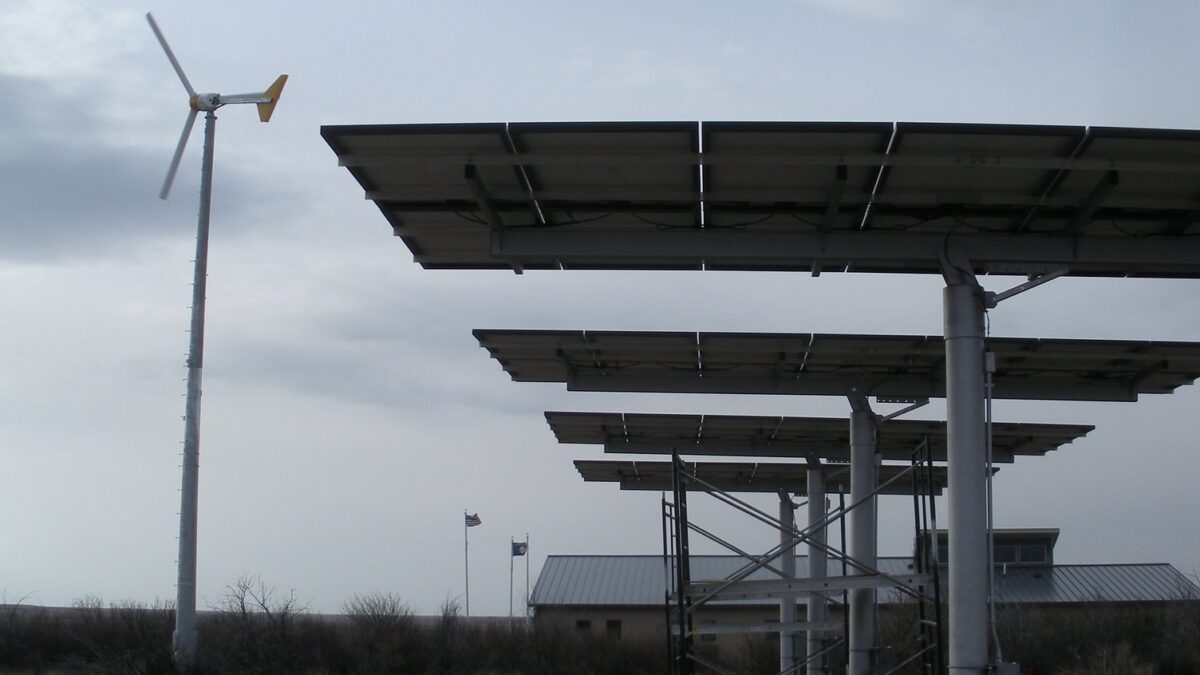
I held back on criticizing Elon Musk about his Thai cave rescue grandstanding because he claimed the rescuers encouraged him to help, even though his solution came after divers were already pulling the boys out of the cave. I figured, who knows? Maybe it was true. Maybe he really was trying to help, and the obsessive publicity-seeking that surrounded his effort was just a habitual reflex.
But then another Musk reflex kicked in: getting really sore and thin-skinned about criticism and lashing back about it on Twitter. So I figure if he’s so willing to dish out criticism of everybody else, he deserves to get some of it back.
To recap, you’ve probably heard about the enormous rescue effort for the 12 boys on a Thai youth soccer team and their coach, who were on an outing to explore a system of caves and trapped by rising flood waters when the summer rains came a month early. Finding the boys and getting them out safely took an astonishing effort by Thai Navy SEALs and an elite team of mostly British cave divers.
At the tail end, in sailed Silicon Valley entrepreneur and serial grandstander Musk, who took to Twitter to publicize his makeshift submarine pod—supposedly made out of SpaceX rocket parts, because there’s got to be a publicity tie-in to one of his businesses—which arrived when it was no longer needed. But to Musk’s legion of fanboys, he was just as big a part of the rescue as the people who actually did it.
Musk couldn’t show some modesty and recognize that the story wasn’t about him. He had to dismiss the opinion of the local Thai official who ran the rescue operation and said his pod would have been impractical. Then early Sunday, diver Vern Unsworth dismissed Musk’s effort as “just a PR stunt,” so Musk took to Twitter to repeatedly insult Unsworth, sniffing that in his own tour of the caves, he “never saw this British expat guy.”
This was supposed to make Unsworth seem like an uninformed observer. But given that Unsworth has spent the past six years in Thailand exploring the Tham Luang cave system and was crucial to the rescue operation at every point, the fact that Musk doesn’t know who he is makes Musk seem uninformed. This is a good reminder to billionaires and politicians: when they give you the “VIP tour” of an important project, they’re not necessarily showing you everything important. They’re just trying to find a polite way to keep you out of the way.
Zeynep Tufekci points out that one of the lessons of this fiasco, for Silicon Valley’s would-be “visonaries,” is to respect the different forms of expertise in other fields.
The Silicon Valley model for doing things is a mix of can-do optimism, a faith that expertise in one domain can be transferred seamlessly to another and a preference for rapid, flashy, high-profile action. But what got the kids and their coach out of the cave was a different model: a slower, more methodical, more narrowly specialized approach to problems, one that has turned many risky enterprises into safe endeavors—commercial airline travel, for example, or rock climbing, both of which have extensive protocols and safety procedures that have taken years to develop.
This ‘safety culture’ model is neither stilted nor uncreative. On the contrary, deep expertise, lengthy training and the ability to learn from experience (and to incorporate the lessons of those experiences into future practices) is a valuable form of ingenuity.
There are also some big lessons for Silicon Valley itself, lessons that might help explain some of the problems Musk has been having with his own company, the electric car maker Tesla.
1. Sometimes, Established Experts Actually Know Something
People who are experts in a specialized field—like, say, cave-diving—generally are not idiots and don’t need a Silicon Valley guy to come swooping in to say, “Well, actually, here’s how you really do it.” In fact, a big emerging story from the cave rescue is the crucial decision of Thai officials to hand control to a team of foreign cave divers after one of their Navy SEALs died during part of the rescue mission.
Even highly trained SEALs don’t know all of the challenges specific to the dangerous specialty of diving in caves, where oxygen supplies have to be managed with extra care because it is impossible to surface if anything goes wrong. The rescue wouldn’t have succeeded if not for a small group of enthusiasts who spent many years developing this expertise.
As one of the divers explained, “We were just using a very unique skill set, which we normally use for our own interests.” (This was his case for why they are not heroes. It didn’t find it convincing.)
Similarly, there are people out in the world whose “unique skill set” is building factories to produce large numbers of automobiles. The consequences of this expertise are not life and death for individuals, but they can be life and death for companies, and these experts have learned from decades of experience, failed experiments, and intense competition.
So sailing in with a plan to build a super-automated car factory that will make everybody else obsolete? It’s probably not going to work, as Musk has discovered at Tesla, where his “automated” factory now employs more people to make fewer cars than when it was owned by Toyota.
2. There’s a Reason People Stick with the Tried and True
Too much of Silicon Valley has grown up in the era of the app economy, where innovation takes less detailed knowledge (because there is no established way of doing anything to begin with), and most of all where the stakes are relatively low. Your app fails, and your customer is out a few dollars and just switches to a competitor’s app. In the entrepreneurial culture of Silicon Valley, where start-ups are expected to fail and there’s little lasting stigma, you can just move on to the next long-shot idea.
But in high-stakes situations, people want to use technology that is known and proven in tens of thousands of hours of use, not something you bodged together in two days and tested in a swimming pool. They’re not going to use it, because they’re specialists with a lot of experience, and this is outside their experience. They don’t know if it will go wrong or how to fix it when it does.
In an emergency, when someone’s life is on the line and they’re already pushing things beyond the normal limits, taking on your untested invention is just too great a risk. The Thai rescuers would have had to be very desperate to even consider using it.
Emergencies are not the only high-stakes situation. The other is putting a roof on a house, where you’re asking the homeowner to spend tens of thousands of dollars to safeguard the value of the entire house. Are you going to be excited to use Tesla’s shiny new solar roof tiles? Probably not.
Musk might make a lot of claims about how tough they are and how long a warranty he’s going to offer on them. But people in the building industry want to know how the product has lasted in actual use over 30 years. They want to know how long it will be before Musk’s laminated glass tiles develop fine hairline cracks and leak, causing angry homeowners to call them up and demand a repair. They want to know if his money-losing company is still going to be around ten years from now, when it’s time to make good on the warranty.
I remember watching a plumber remove a tankless water heater—they were all the rage about 15 years ago—only to discover that it was warrantied by a company that had gone out of business when the fad didn’t last. That happens to you once, and you’re going to be leery about jumping on the next bandwagon. Better off going with the cheaper asphalt shingles that you’ve been using with no problem for decades.
3. Publicity Is Less Important than Results
Getting lots of positive publicity and commanding the loyalty of an army of online fanboys is not as important as actually getting the job done. When Musk was posting videos of his makeshift tiny submarine, he got lots of positive feedback from people who had never heard of Vern Unsworth, or Rick Stanton, or John Volanthen, or any of the other divers—but these were the men who were actually pulling boys out of the caves.
Similarly, how many people know who George Mitchell is? Hint: he is the “father of fracking.” He never had a Twitter account and doesn’t get glowing profiles in the tech media, but he has done more than anyone else—far more than Musk—to revolutionize energy technology (and even to reduce carbon-dioxide emissions, if you care about that sort of thing).
This leads us to the last, most obvious lesson.
4. Fighting On Twitter Is Not the Best Way to Run Anything
That’s a lesson with wide application outside Silicon Valley. Let’s just say there is more than one very stable genius who needs to put down his phone and pay more attention to his job.
Robert Tracinski is a senior writer for The Federalist. His work can also be found at The Tracinski Letter.









